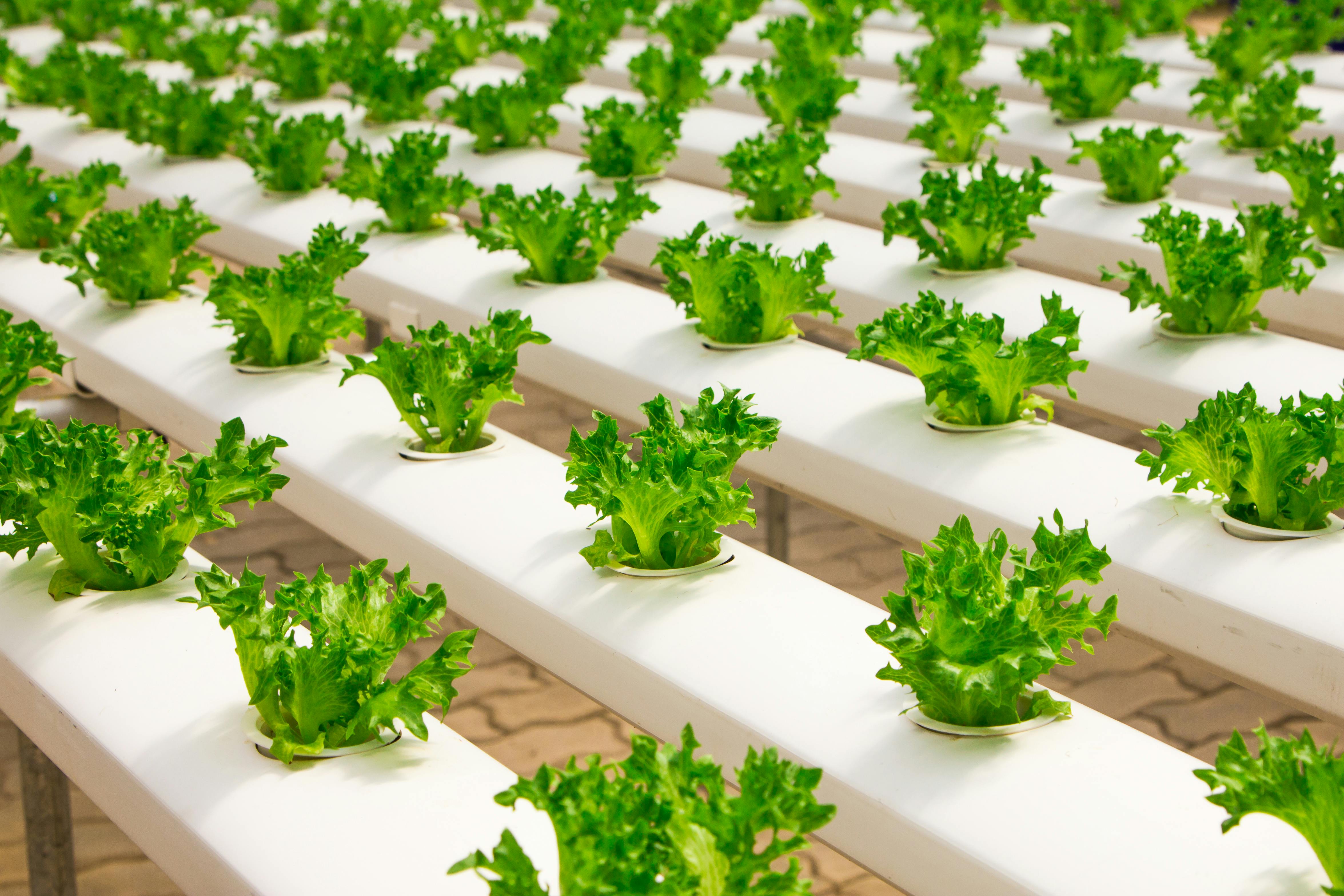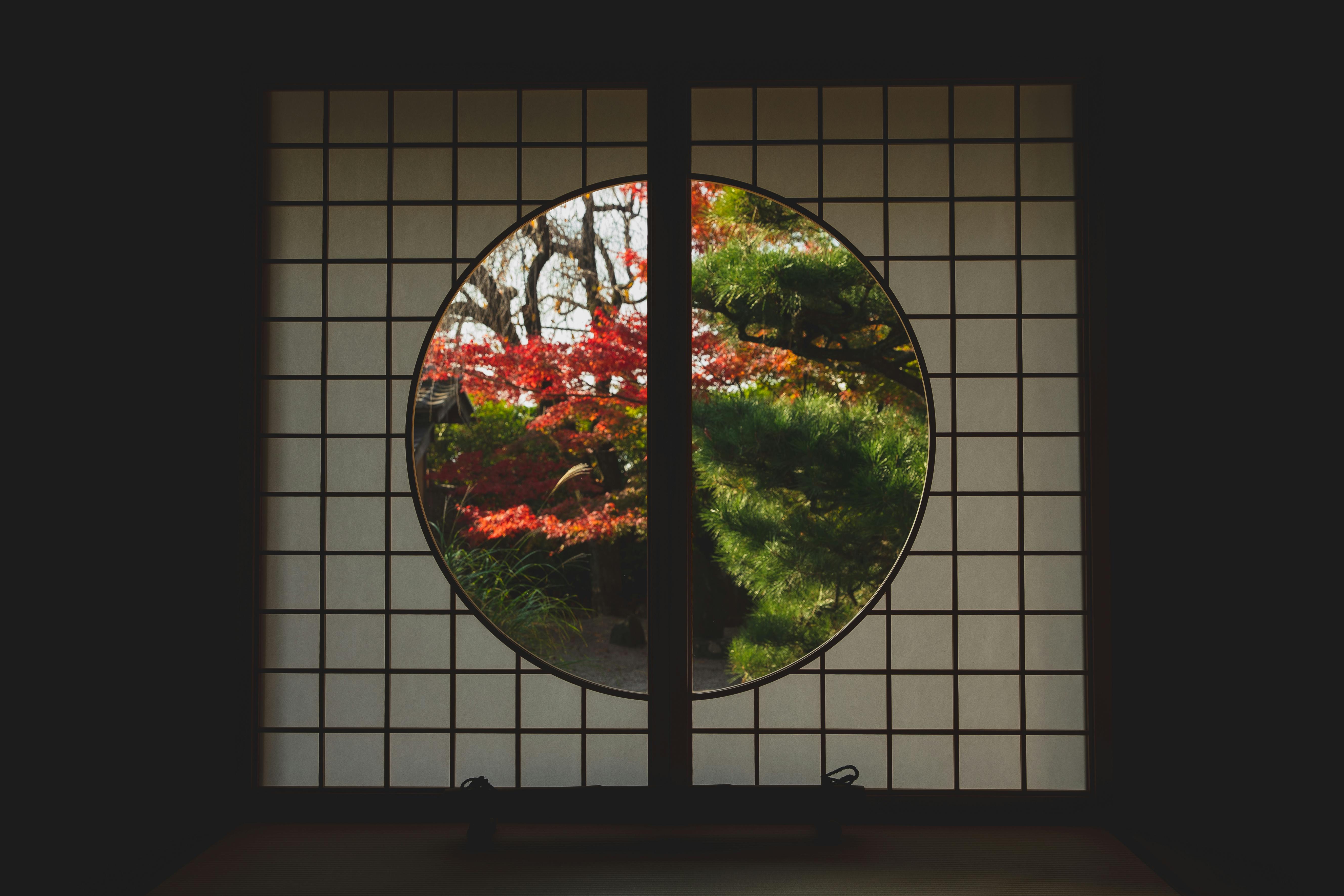Growing a garden is a rewarding and enjoyable experience. With proper planning and care, anyone can create a beautiful outdoor space for their home. It is important to have a clear vision of what you want to achieve before starting, such as the size of the garden, type of plants, and what you plan to do with the produce. Once you have an idea in mind, it’s time to prepare the soil, choose your plants, and take care of them throughout the season. With adequate sunlight, water, nutrients, and protection from pests and diseases, your garden will thrive.When choosing a suitable garden space, there are several factors to consider. First, you need to determine the size of the space you have available for the garden. Consider the area’s sun exposure, soil conditions and access to water. You should also consider how much time and effort you are willing to commit to maintaining your garden. Additionally, it is important to choose plants that are well suited for your climate and growing conditions. Finally, create a plan of what you want in your garden and how it will be laid out. With careful planning and research, you can create a beautiful garden that will bring years of enjoyment
Preparing the Soil
Soil preparation is an essential step in any successful gardening endeavor. It is important to ensure that the soil is well-drained and properly fertilized before planting. To prepare the soil, begin by removing any weeds, rocks, and other debris from the area. Then, till or dig the soil to a depth of at least 8 inches to ensure that it is loose and aerated. Finally, apply a layer of organic matter, such as compost or manure, to provide essential nutrients for healthy plant growth.
It
Planning Your Garden Layout
Planning your garden layout is an important step in creating a beautiful and successful garden. Having a well thought out plan for your garden will help you determine the types of plants you want to use, how much space they need, and where they should be placed. Here are some tips to help you plan your garden layout.
The first thing you should do when planning your garden layout is to measure the area where you intend to plant. Determine the size of your space and take into account any existing structures, such
Buying Quality Seeds and Plants
When it comes to starting a garden, the key to success is finding quality seeds and plants. Quality seeds and plants will ensure that your garden grows strong and healthy. When selecting seeds and plants, there are several factors you should consider.
When purchasing seeds, make sure they are fresh and free from disease. Check the packaging for any signs of mold or decay. Also, make sure the seed variety is appropriate for your climate. If you’re planting in a colder area, opt for cold-t
https://images.pexels.com/photos/348689/pexels-photo-348689.jpeg
Planting Appropriately
It is important to plant appropriately in order to ensure a healthy and lush garden. Before planting, it is important to consider the amount of sunlight, water, and soil needed for the plants being planted. If a plant needs more sun than the area can provide, then it will not thrive. Likewise, if a plant needs more water than the area can provide, then it will not survive. Additionally, be sure that the soil is suitable for the plants being planted. Different plants require different soil types in order to grow successfully. It is also important

Maintaining Water Supply
Water is a precious resource and maintaining its supply is of utmost importance. It is essential for the growth and sustenance of all living things on the planet, and thus it is paramount that we take steps to ensure the availability of clean water for present and future generations.
In order to maintain an adequate water supply, several measures can be taken. One of the most important is to conserve water by using it responsibly. This includes using only what is needed, avoiding waste, reducing consumption where possible, and even reusing water when possible
Fertilizing
Fertilizing is an important part of the gardening process, as it helps to ensure that your plants are receiving the nutrients they need to remain healthy and grow. The type of fertilizer you should use depends on the type of plant you are growing, as different plants require different levels of nutrients. Additionally, when deciding how much fertilizer to use, be sure to follow the manufacturer’s instructions for proper application. It is also important to remember that over-fertilizing can damage your plants, so use caution when applying fertilizer.
Controlling Pests and Diseases
Pests and diseases can have a major impact on crops, leading to reduced yields and even complete crop failure. Controlling these threats is essential to ensure healthy harvests.
The most effective way of controlling pests and diseases is through integrated pest management (IPM). IPM combines different strategies, such as using resistant varieties of plants, monitoring and identifying pests, using natural predators such as beneficial insects, introducing beneficial organisms that control pests, and applying chemical or biological controls when necessary.
<

Conclusion
Gardening can be a rewarding and fulfilling experience, with the end result being a beautiful garden that can be enjoyed for years to come. It is a relatively easy process to start a garden but it does require patience, dedication, and an understanding of the plants you are growing. Gardening is not only a great hobby but can also provide numerous health benefits and even give back to the environment. Taking the time to research and plan out your garden before planting anything will ensure that you have a successful gardening experience.
Gardening is
